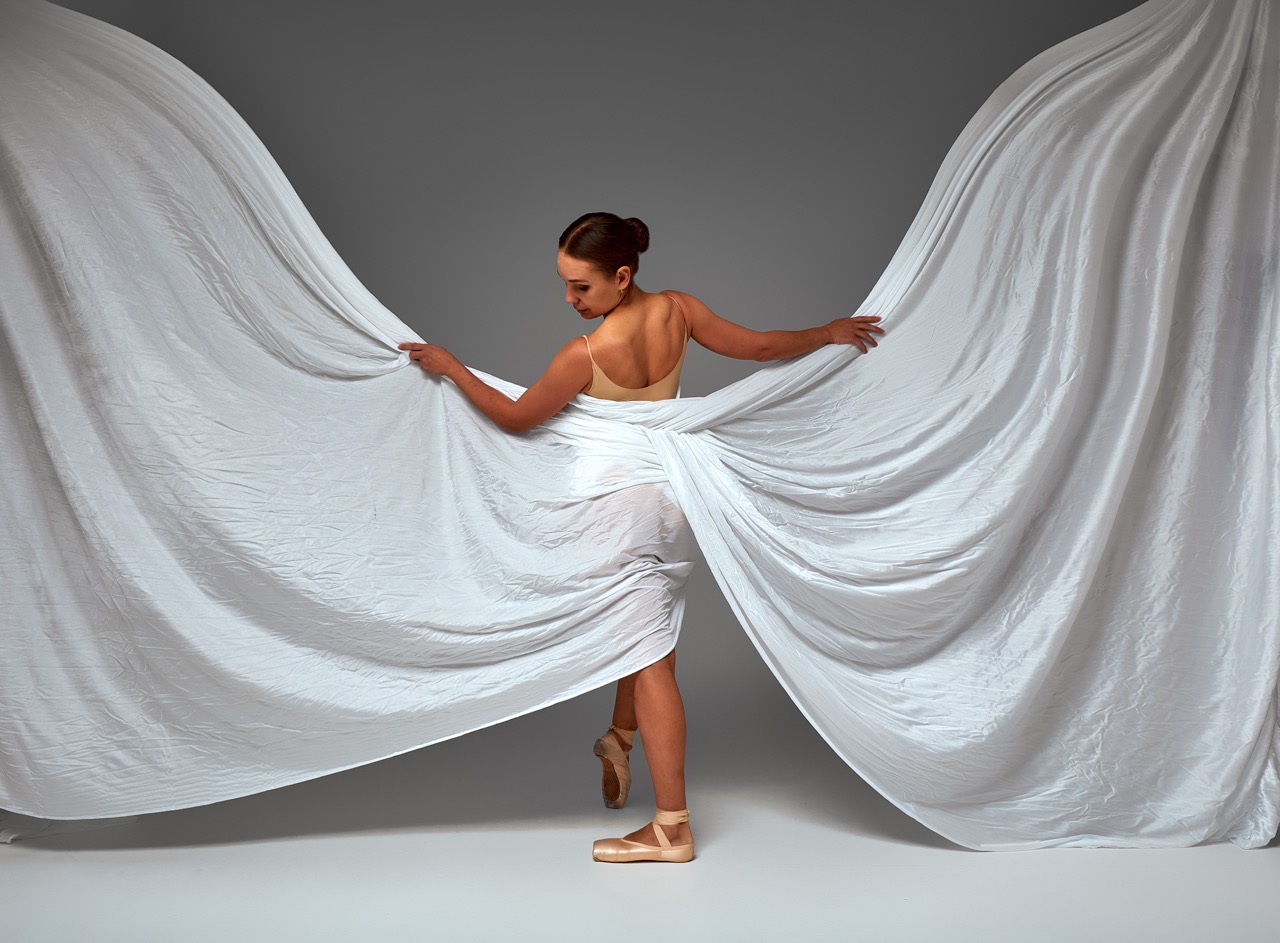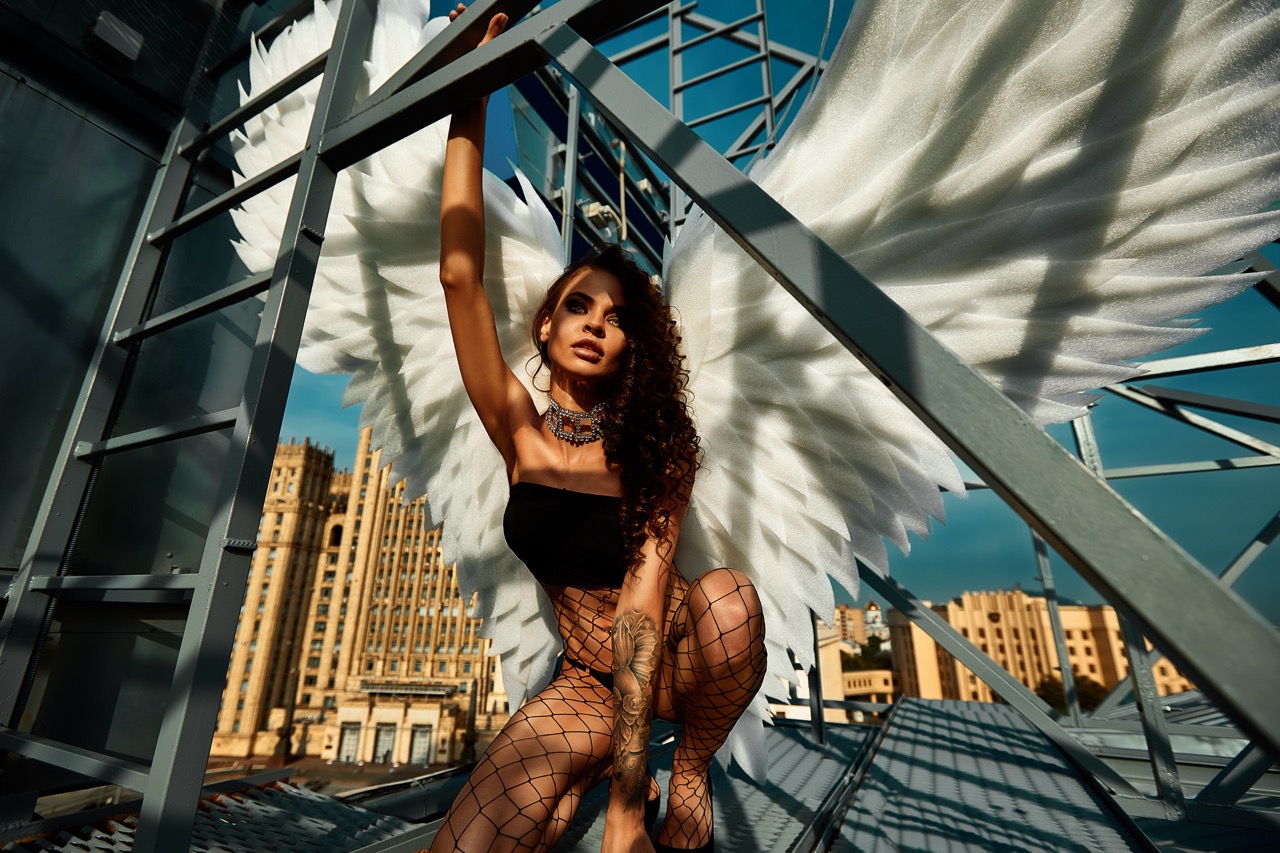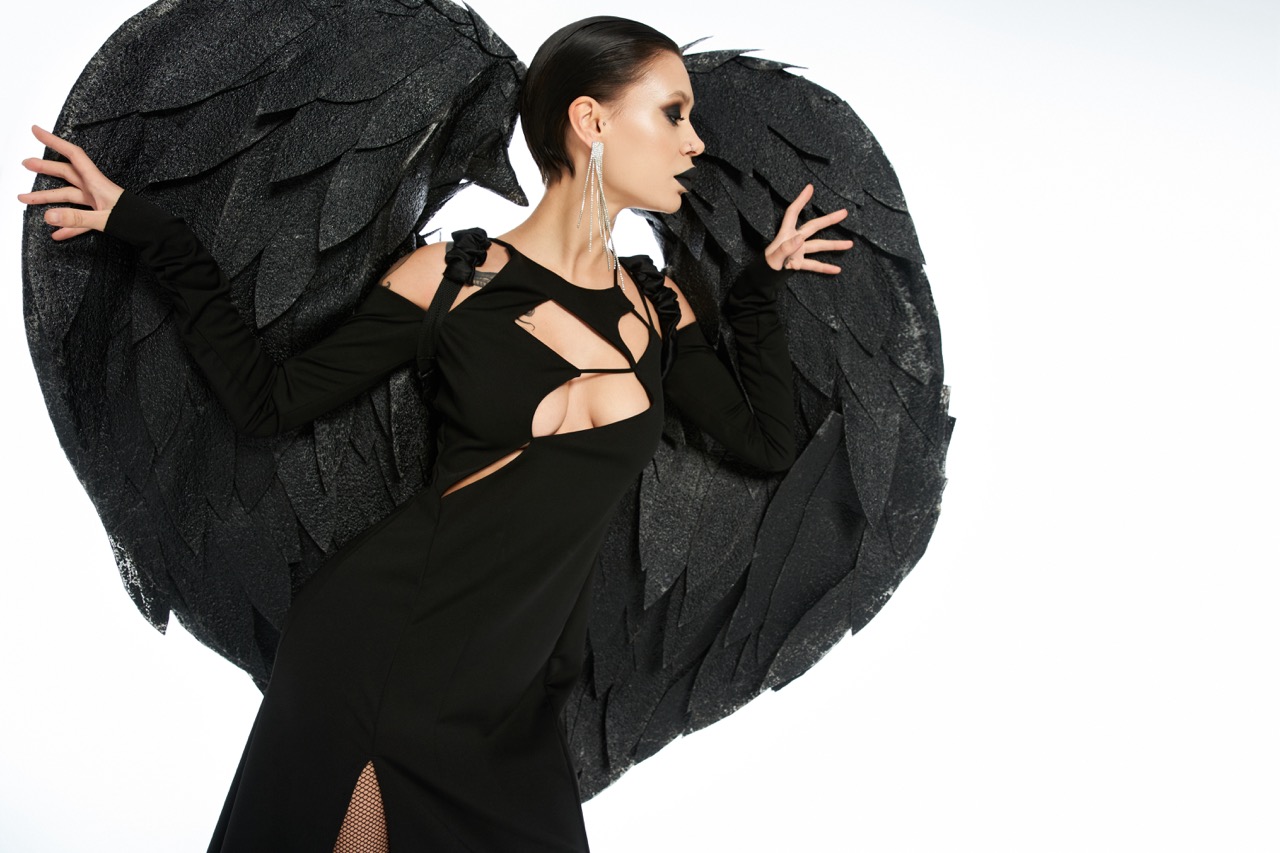The intersection of performing arts and technology has birthed a new era of creativity and expression, particularly in the realm of dance. Among the most exciting innovations in this space are tech-infused dance wings, which have begun to redefine the visual narrative of live performances. These dynamic elements not only enhance the aesthetic appeal of dance but also serve as powerful tools for storytelling, merging the physicality of the dancer with cutting-edge technology. As we delve into the impact of these remarkable creations on stage design, we uncover how they are revolutionizing the art of performance.
Revolutionizing Performance: The Rise of Dance Tech Wings
The evolution of dance has always been closely tied to the introduction of new technologies, from the invention of stage lighting to advancements in sound design. Today, dance tech wings represent the latest leap forward, integrating high-tech materials and digital media to create visually stunning performances. By augmenting traditional costumes with smart textiles, LEDs, and projection capabilities, these wings allow dancers to transcend the conventional limits of movement and expression.
As artists experiment with the potential of these tech wings, the choreography itself is evolving. Dancers can be seen interacting with their surroundings in real-time, responding to visual stimuli or even altering the colors and patterns of their wings based on their movements. This creates a symbiotic relationship between the performer and the technology, engaging audiences in a multisensory experience that challenges the boundaries of performance art.
Furthermore, the adoption of dance tech wings is fostering a community of interdisciplinary collaboration. Dancers, choreographers, and technologists are coming together to push the limits of imagination, resulting in groundbreaking performances that blend movement with digital storytelling. This cross-pollination of ideas is not only enriching the art form but also paving the way for future innovations in performance.
Blending Art and Innovation: The Mechanics of Dance Wings
At the core of tech-infused dance wings lies a sophisticated blend of artistry and engineering. These wings can be constructed from lightweight yet durable materials such as carbon fiber or specialized fabrics, allowing performers to move freely while maintaining structural integrity. Integrated with sensors and microcontrollers, dance wings can react to the dancer’s movements, changing colors, patterns, or even projecting images that complement the performance.
The design process for these wings is a meticulous balance of aesthetics and functionality. Designers collaborate closely with choreographers to ensure that every element—from the shape and flow of the wings to the technology embedded within them—serves to enhance the storytelling aspect of the dance. This level of precision requires not only artistic vision but also a deep understanding of the mechanics involved in both dance and technology.
Moreover, the programming aspect of dance tech wings opens up a vast landscape of possibilities. Artists can work with software that allows them to customize effects in real-time, creating a dynamic visual environment that reacts to the music and movement on stage. This integration of technology presents a powerful avenue for creative expression, allowing choreographers to explore new narratives and emotional depths through their performances.
A New Dimension: How Tech Wings Transform Stage Design
The introduction of tech-infused dance wings is revolutionizing stage design, offering a myriad of creative possibilities that extend beyond traditional set pieces. By incorporating these innovative elements, stage designers are reimagining the concept of space and movement. The wings can create immersive environments, allowing performers to interact with their surroundings in ways that were previously unimaginable.
For instance, when illuminated by specialized lighting or enhanced with projections, the wings can effectively alter the perception of the stage, making it feel larger or more intimate based on the narrative being conveyed. This transformative capability not only captivates audiences but also encourages a deeper emotional connection to the performance. With the wings acting as dynamic visual extensions of the dancers, every movement becomes a part of a larger tapestry that engages viewers on multiple sensory levels.
Additionally, the use of tech wings can facilitate seamless transitions between scenes, allowing for smoother narrative flow and enhancing the overall pacing of the performance. As stage designers experiment with these elements, they are discovering new methods to incorporate technology into their designs, leading to a more cohesive relationship between movement, light, and sound. This integrated approach is setting a new standard for what stage design can achieve, ultimately enriching the audience’s experience.
Future Visions: The Evolving Role of Dance in Technology
As we look to the future, the potential for tech-infused dance wings and their impact on the performing arts continues to expand. The fusion of dance and technology invites a deeper exploration of new forms of storytelling, with choreographers and technologists pushing the boundaries of creativity. As technology advances, we can expect to see even more immersive and interactive experiences that invite audiences to engage with the performance on a personal level.
In addition, the growth of virtual and augmented reality technologies presents exciting opportunities for the integration of dance into new media. Imagine a performance that unfolds in a virtual space, where viewers can experience the dance from multiple perspectives, with tech wings playing a crucial role in creating an unforgettable visual spectacle. This evolution could redefine the very essence of live performance, blurring the lines between reality and digital imagination.
Moreover, as the conversation around sustainability in the arts continues, the potential for eco-friendly materials in the construction of dance wings is becoming increasingly relevant. Designers may soon explore biodegradable fabrics or energy-efficient technologies, ensuring that the future of dance tech remains aligned with environmental consciousness. This commitment to sustainability will not only enhance the artistic integrity of performances but also resonate with audiences who are increasingly aware of and engaged with ecological issues.
The emergence of tech-infused dance wings marks a significant milestone in the ongoing dialogue between art and technology. By revolutionizing performance, blending innovation with artistic expression, and transforming stage design, these remarkable creations are reshaping the landscape of live dance. As we move forward into a future rich with possibilities, the evolving role of technology in dance promises to inspire a new generation of artists, audiences, and thinkers alike. In this dynamic intersection of creativity and innovation, the true spirit of performance art continues to thrive, inviting us to explore the uncharted territories of human expression.










